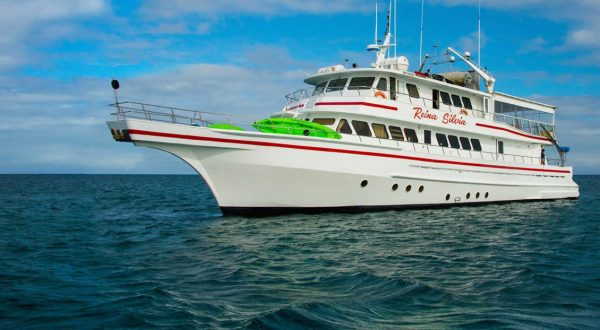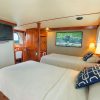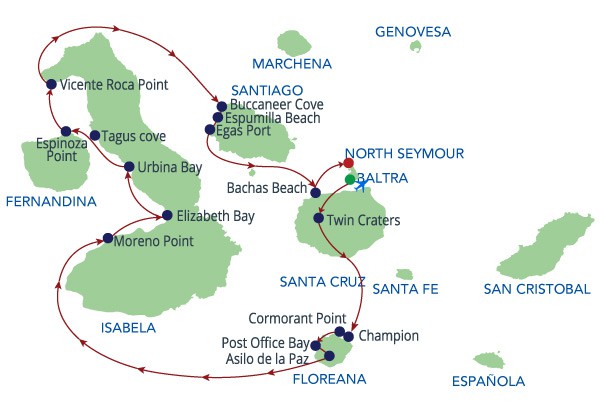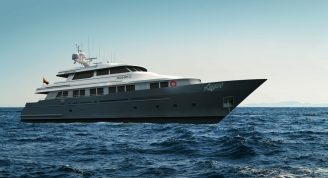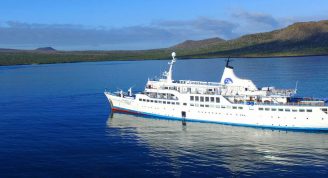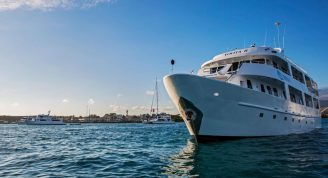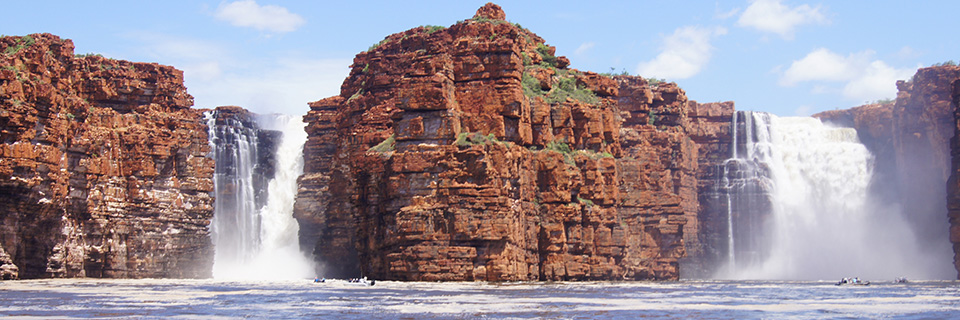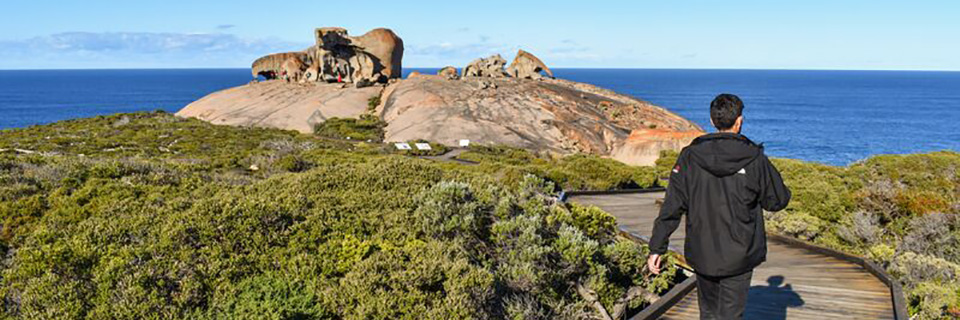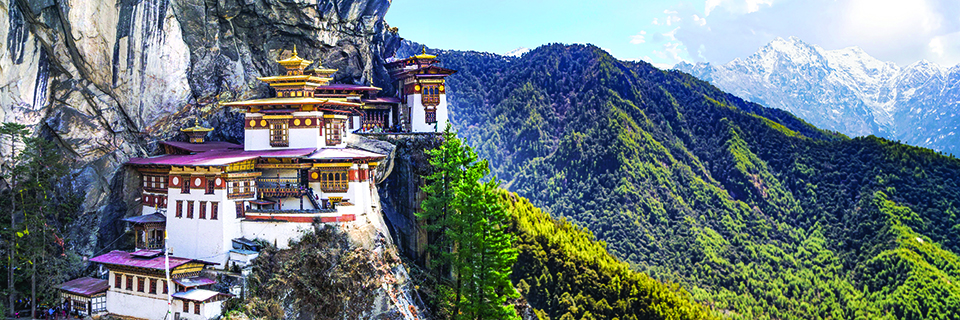Description
Enjoy an eight-day excursion through the western part of the Galapagos archipelago. Snorkeling gear and kayaks will help you in your explorations of the islands.
Trip Name
Galapagos Western Route (Reina Silvia)
Days
8
Overview
Vessel Type: Yacht
Length: 90 ft, 28 m
Passenger Capacity: 16
The Reina Silvia is a first-class yacht ready to make your family’s or group of friend’s Galapagos dreams a reality.
This boat has features not found on other yachts of its class. On the main deck’s aft is the boarding and swim platform, and the extended bow pulpit is excellent for scouting whales and dolphins. The upper deck features a large, sheltered lounge and bar, with circular seating that assures you a 360-degree view of the Islands while having a drink at sunset and equator crossings.
You’ll cruise the Galapagos in comfort, enjoying tasteful cuisine, informative lectures by the certified bilingual naturalist guide, and curling up in the library to read or watch nature films. The six staterooms have twin or king-sized beds, and four rooms include a hidden berth for the third member of your party. All accommodations have air conditioning and a large, en-suite bathroom with full-size shower.
The Reina Silvia offers an eight-day excursion through the western part of the Galapagos archipelago, and an eight-day itinerary that takes in the eastern islands. Snorkeling gear and kayaks will help you in your explorations of the islands.


